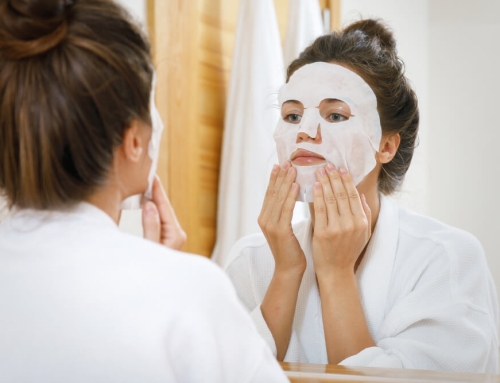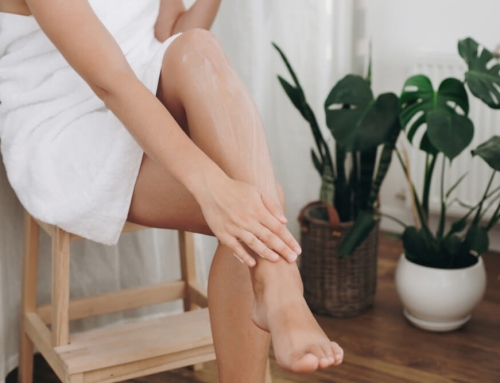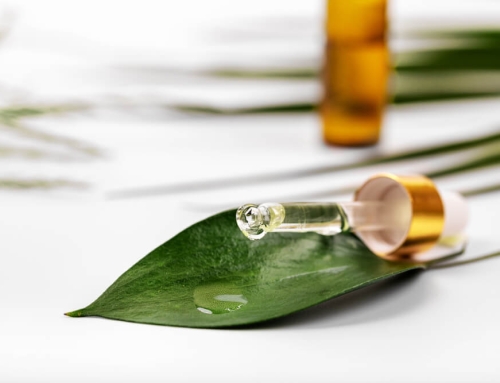If your current skin care routine just doesn’t seem to be cutting it anymore, chances are, you could do with a change. However, before you begin to put together your new routine, here are eight things you need to know to make that routine as effective as possible.
Know Your Skin Type
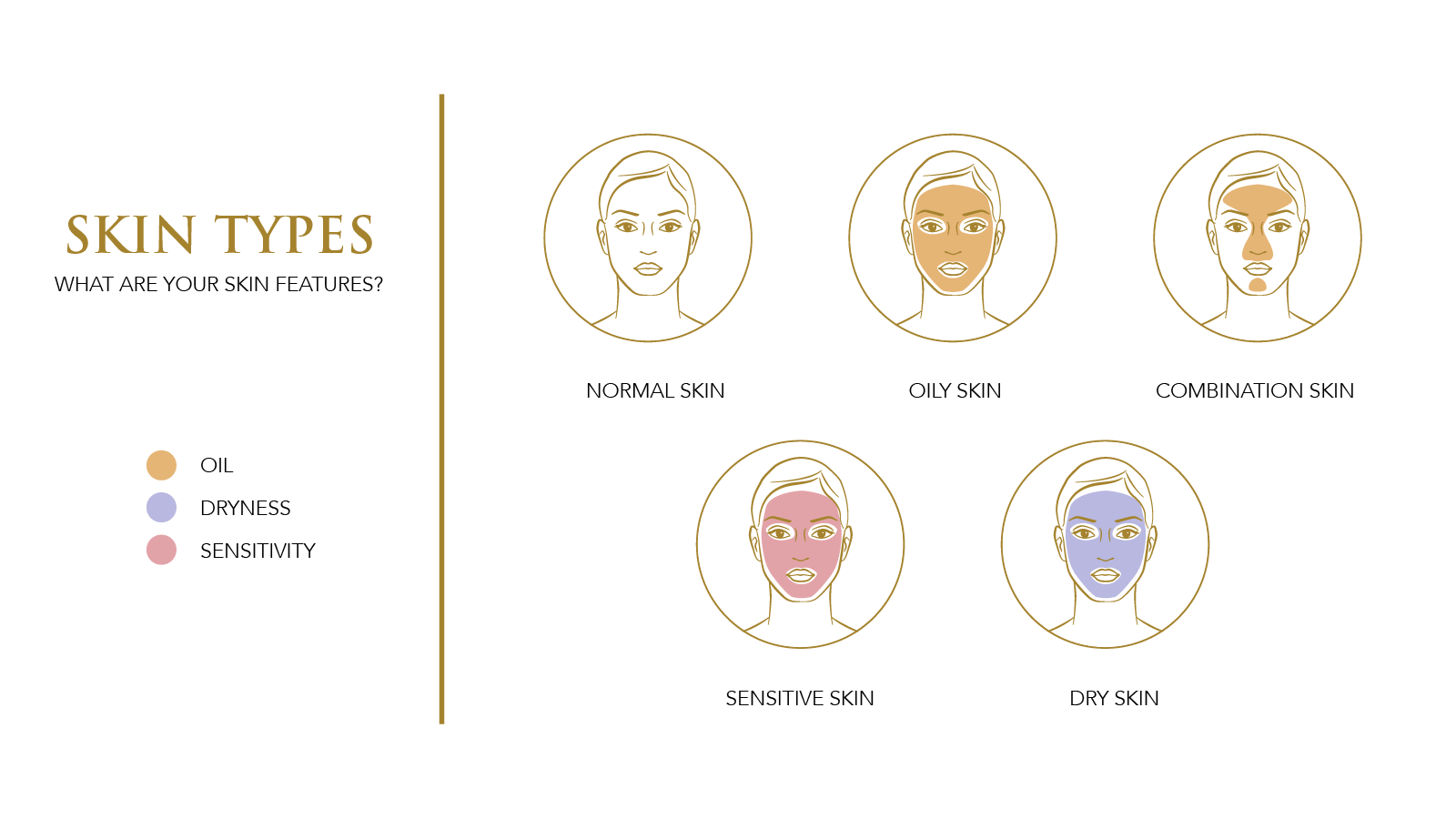
You hopefully already know what your skin type is, but if this is something that you haven’t really considered before, now is the time to start.
Wondering how to figure out your skin type?
It’s easy. To work out your skin type, wash your face with a gentle cleanser, before applying a toner. Then, wait for about half an hour, before assessing how your skin looks and feels:
- If you can see oil on the surface of your skin, then your skin type is oily
- If your skin feels tight and dry, then your skin type is dry
- If you notice oil around your T-zone, but your cheeks are looking or feeling dry, then you have combination skin
- If your skin looks happy, without being dry or oily, then your skin type is normal
- If you often experience irritation and sensitivities, whether to products or the environment, you likely have sensitive skin
Why does your skin type matter when creating a new skin care routine?
Well, your routine should be tailored to your skin type. If you have dry skin, your skin care routine needs to contain plenty of moisturizing ingredients, preferably with the addition of plant oils and butters. On the other hand, those products would be too heavy for oily skin and would only lead to more breakouts. Oily skin requires products that are able to regulate sebum production, while unclogging pores and reducing excess oil.
Most products out there are designed for specific skin types. The only way you can choose the right products to add into your skin care routine is if you know your skin type.
Know Your Skin Concerns
Everyone is dealing with different skin concerns, and this is something else that should significantly shape your new skin care routine. For some, most of their skin concerns will be related to their skin type, while others may be dealing with issues that are more independent.
Once you have identified your skin concerns, you can then keep an eye out for specific products and ingredients that can help you to tackle your problems head on.
Here are some examples:
- Dark spots – you would be best off with brightening and lightening ingredients, such as vitamin C, kojic acid, licorice extract and niacinamide
- Fine lines or wrinkles – you need ingredients that can help to increase your skin’s natural production of collagen, such as retinol, vitamin C, peptides and antioxidants
- Acne – look for ingredients that can help to reduce sebum production while destroying the acne-causing bacteria on the surface of your skin, such as retinol, salicylic acid, tea tree oil and witch hazel
- Rough or flaky skin – hydrating ingredients that also strengthen your skin’s natural protective barrier are key, such as ceramides, hyaluronic acid, vitamin E and antioxidants
Identify which ingredients you need for your different skin concerns. You can then move on to deciding which formulas would be best for delivering each ingredient into your skin in the optimum way.
Know What Your Skin Needs During the Day vs At Night
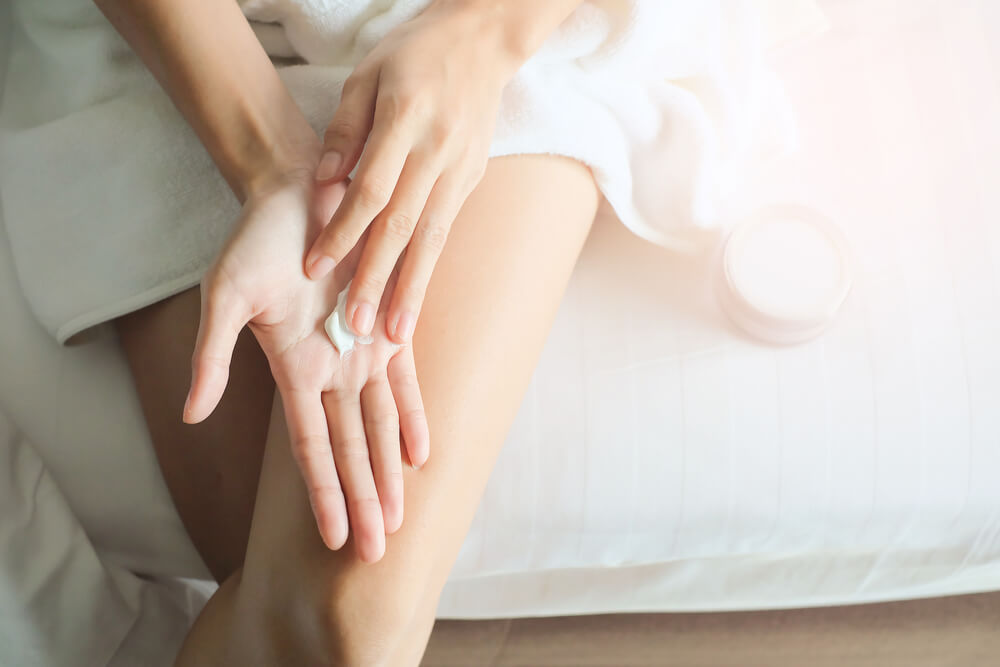
Did you know that your skin’s needs change depending on whether it is day or night?
During the day, your skin works hard to protect itself, and the rest of your body, from environmental damage, be this sun exposure, pollution, harsh weather or anything else. However, once you go to sleep at night, your skin shifts its focus to repair and regeneration. Cell division peaks at around 2am, making a good night’s sleep so important for your skin.
This is why it is so important to have a separate skin care routine for day and night.
Try to pack in plenty of antioxidants during the day, as well as hydrating ingredients and, of course, sun protection. At night, look for ingredients that support skin cell regeneration, while also keeping the skin moisturized.
Know Which Ingredients Cannot Be Used Together
You have now hopefully put together a few different lists, identifying everything from your skin concerns to the key ingredients you need in your new skin care routine.
Well, it’s now time to go through that ingredients list once again, because certain ingredients should not be used together. This is something that many people don’t know, but is crucial when putting together a new skin care routine. If you use incompatible ingredients together, they will not only fail to have much of an effect, but could also be damaging for your skin.
Here are a few ingredient combinations best avoided:
- Hydroxy acids with retinol or vitamin C – hydroxy acids exfoliate the skin, and usually do a great job at this. Retinol has similar effects too, while vitamin C is another acid, meaning that using either of these with hydroxy acids could lead to some serious skin irritations
- Retinol with vitamin C – both of these ingredients increase sun sensitivity, meaning that your skin could suffer from quite a bit of damage if you combine the two together
- Vitamin C with niacinamide – niacinamide has quite a detrimental effect on vitamin C, not only cancelling out its effects but also turning it into a skin-irritating ingredient, rather than one that helps the skin
Just because some ingredients do not work well together doesn’t mean that you still cannot have them all in your skin care routine. The secret is to use them at different times. For example, use vitamin C in the day but niacinamide at night, or hydroxy acids one day and vitamin C or retinol the next.
Know Your Formulas
From gels to balms to creams to powders, skin care products are available in so many different formulas these days, and each one has its own set of pros and cons.
So, how do you know which formula is best?
That depends on what you need each product to do…
When it comes to delivering powerful vitamins and antioxidants deep into your skin, serums are your best bet.
Why?
Because these have such a lightweight consistency, meaning that it doesn’t take long at all for the skin to absorb a serum and put its ingredients to good use. A great example of this would be the OROGOLD 24K Vitamin C Booster Facial Serum. It contains vitamins A, C and E, all of which you want sent down into the deeper layers of your skin, which is why they are best incorporated into your skin care routine in serum form.
On the other hand, if you want to treat issues on the surface of your skin, a cream is the way to go. Although serums work on the surface too, a cream is much thicker and will stick around for longer, taking its time to nourish the surface layer of your skin.
The formulas that you choose should also depend on your skin type, especially when it comes to cleansers. If you have dry or sensitive skin, you need a creamy, milky cleanser, so as not to strip away your skin’s natural oils. However, if you have oily skin, you may be better off with a gel cleanser to really give your skin a deep clean.
Know Which Ingredients to Completely Avoid
Have you already started eyeing up certain products?
That’s great, and hopefully you have been scrutinizing ingredient lists too, keeping an eye out for the specific ingredients your skin needs. Well, there are also several ingredients that your skin definitely does not need. In fact, certain ingredients are not only damaging to your skin, but also to other parts of your overall health.
These are some ingredients you should try to stay away from as much as possible:
-
- Parabens – if there are any ingredients on a product ending with “paraben”, avoid it at all costs. This hormone disrupter has been linked to breast cancer and fertility problems
- Phthalates – these are also hormone disruptors, and can also lead to birth defects
- Fragrance/ Parfum – this is an umbrella term for a combination that usually consists of hundreds of different chemicals, meaning that you never quite know what you are applying to your skin when a product contains a fragrance
- Oxybenzone – often found in chemical sunscreens, recent studies have found oxybenzone to interfere with the endocrine system, which controls your hormones
Know How to Layer Products
Now that you’ve chosen a selection of products tailored to your own skin, without any harmful ingredients, it is time to learn how to properly layer them onto your skin.
Well, the very first step to any skin care routine should always be a cleanser. You need to clear away any dirt, bacteria or excess oil from the surface of your skin before you apply anything else. If not, all of those impurities will only block your skin care products from properly penetrating your skin, meaning that they won’t have much of an effect. Not only that, but applying skin care products onto un-cleansed skin can lead to clogged pores and breakouts.
Now that your skin is clean, take a look at all of the products you plan on using, separating them into two categories; oil-based and water-based.
You need to begin with the water-based ingredients, because if you apply anything with an oil first, the water-based products will not be able to penetrate through, meaning that they won’t have much of an effect.
Wondering which water-based product you should start with?
The lightest and thinnest product is the one you should begin with, before working your way up, ending with the thickest and richest product. This usually means a toner comes first, followed by a serum and then a moisturizer. If you only have a couple of water-based products, apply these first before moving on to your oil-based products, again starting with the lightest one first.
This may seem a little confusing at first, but it is key to get this order right. This will help you to maximize the effects that your skin care products have.
Know How Often You Should Be Using Each Product
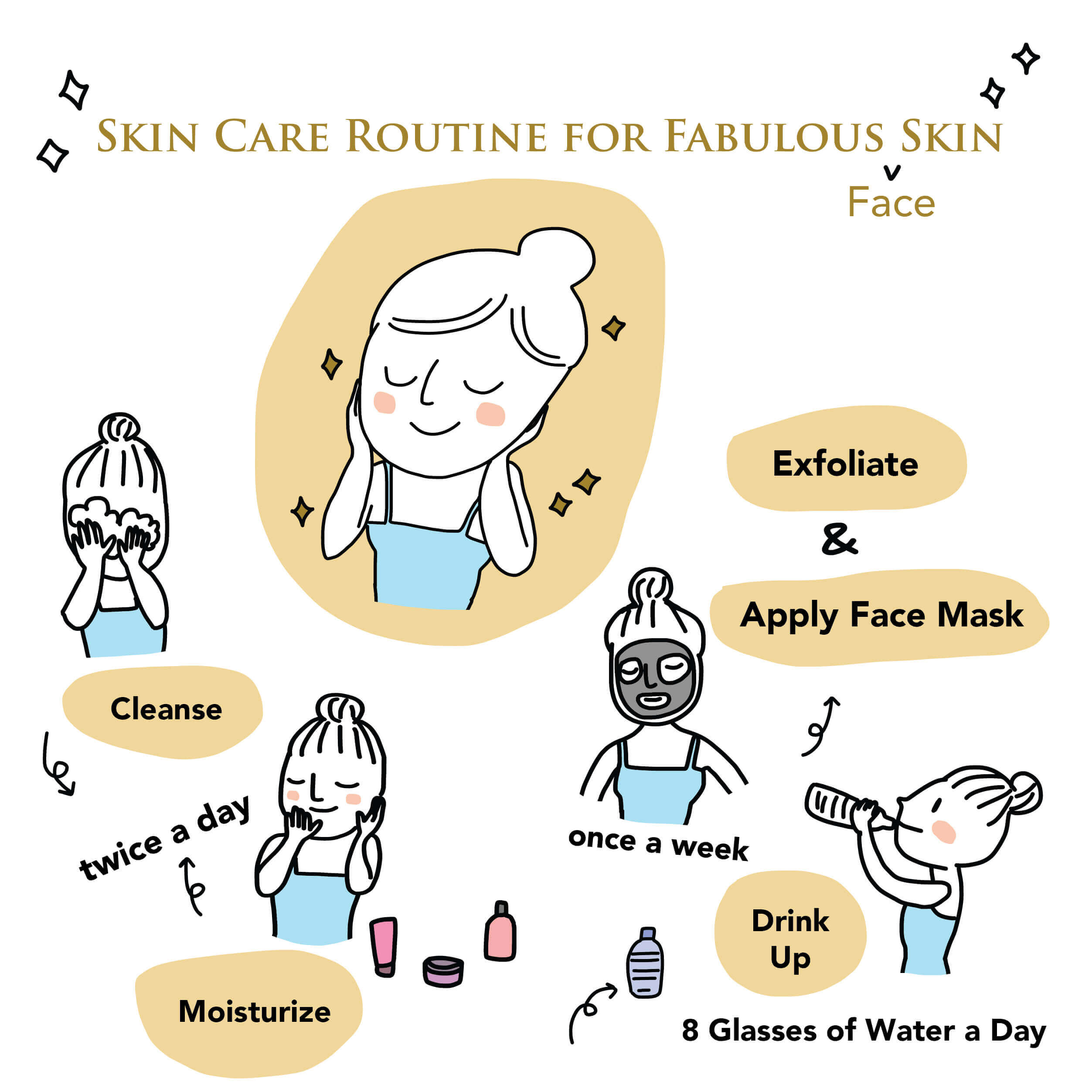
Some of your skin care products will be great for using on a daily basis, whereas others should only be used every few days, or even on a weekly or bi-weekly basis.
You will usually find this information printed on the product’s container, or its packaging, so be sure to read this carefully.
Usually, products such as cleansers, toners, serums, eye creams and moisturizers can be used on a daily basis.
However, when it comes to exfoliants, you need to limit yourself…
Using an exfoliant too frequently can lead to over-exfoliation, which brings with it its own set of problems:
- Irritation or skin peeling
- A burning sensation on skin
- Inflammation and redness
- Acne breakouts, especially very small spots
- Skin sensitivities
You should also limit yourself when it comes to face masks too.
Why?
These usually contain quite rich and potent ingredients, meaning that you do not really need to use one more than once or twice a week. Of course, over-using a face mask isn’t going to really cause your skin any problems, unless you have oily skin, in which case you may experience clogged pores and an increase in breakouts.
All of this information may seem overwhelming at first, but it really is important to make sure that you have all of the correct knowledge when putting together a new skin care routine. This way, you can be confident that the products you have picked really are beneficial for your skin, meaning that it will not be long before you notice the visible improvements for yourself.




